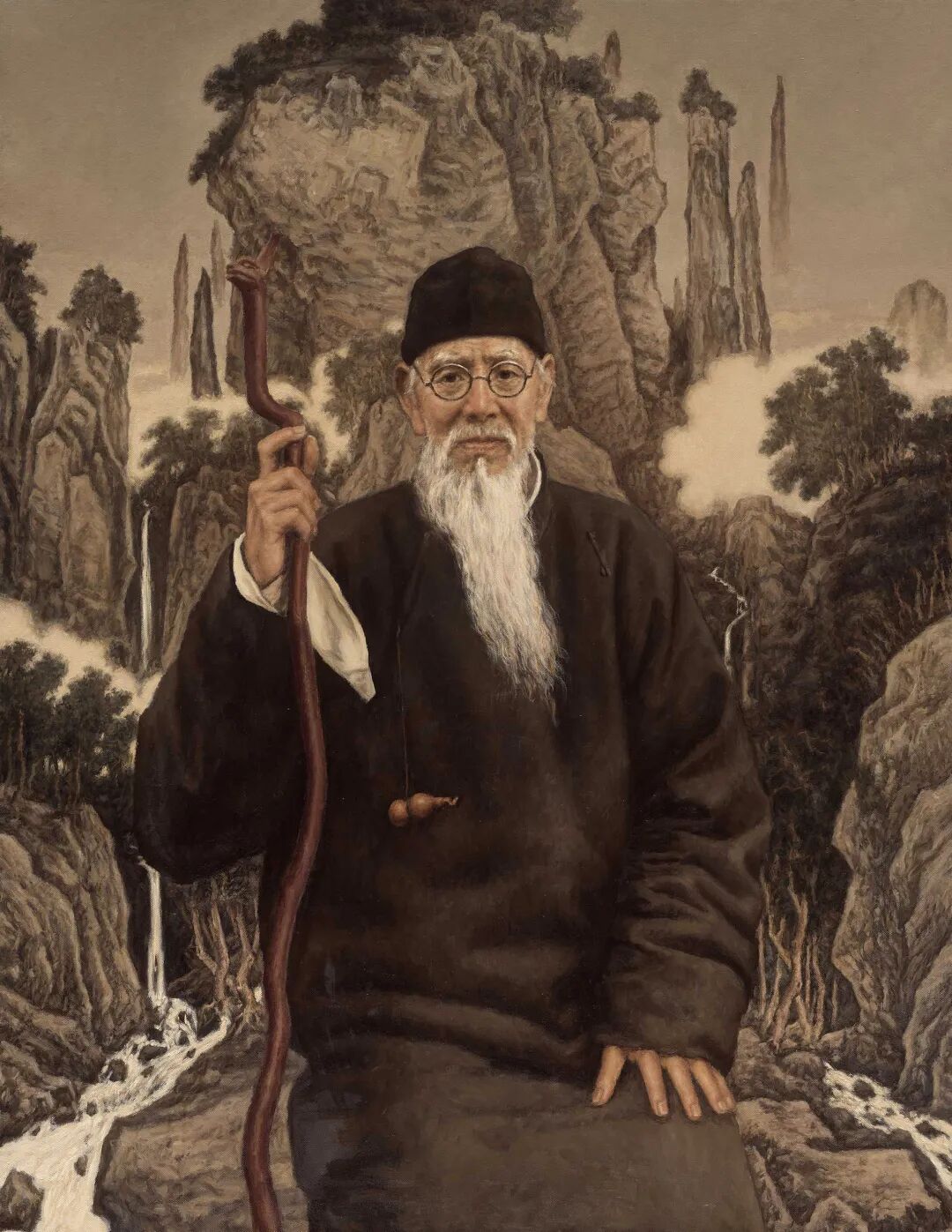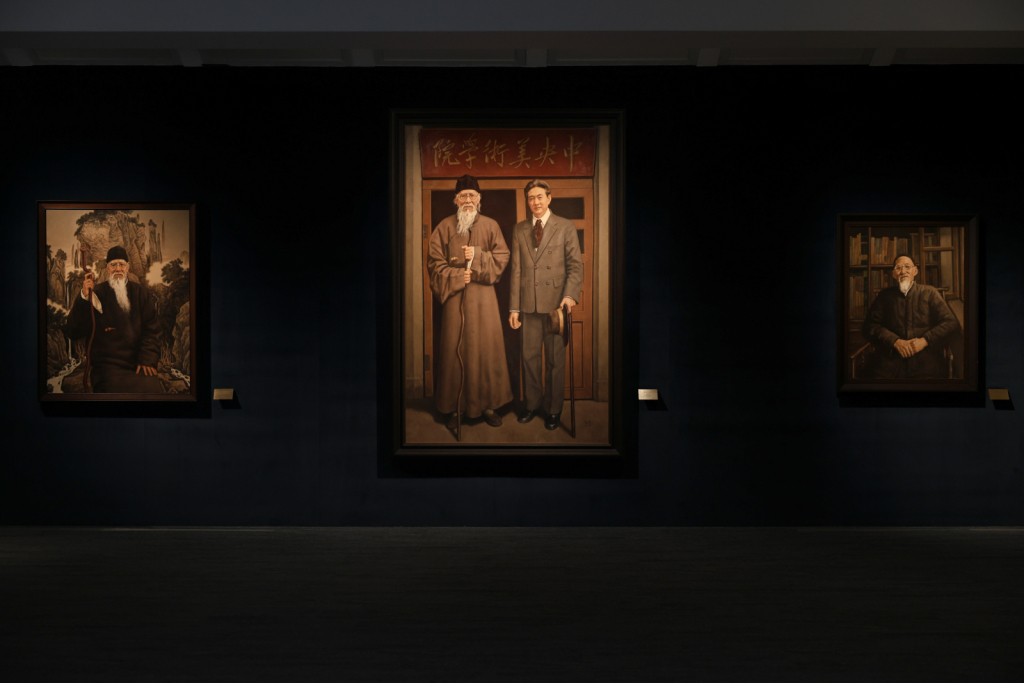
Yang Feiyun, a 71-year-old oil painter, is a third-generation oil painter in China. As early as the 1980s and 1990s, he was one of the important representatives of the "classical style" of Chinese oil painting and an iconic figure in Chinese realistic oil painting. The Paper learned that on September 22, the "Abundant Life-Yang Feiyun Recent Works Exhibition" opened to the public at the Suzhou Museum, exhibiting 59 representative works of Yang Feiyun, focusing on the artist's artistic exploration in the past 20 years.

Yang Feiyun, "Study", 90x120cm, oil on canvas, 2012
This exhibition presents the chronological context of Yang Feiyun's artistic creation over the past 20 years: the domestic and international landscape sketches that have continued since 2000, recording scenes from all over the country, Europe, and other parts of the East and the West; the figure sketches and studio research that began in 2007, capturing the divine glimmer in the lives of ordinary people from a "close-up" perspective, transitioning from classical solemnity to a warm observation of ordinary life; after recovering from a serious illness in 2017, he turned to Chinese historical paintings and portraits of ancient sages, making the images of Qi Baishi, the Martial Saint Guan Yu, and others become carriers of dialogue between Eastern and Western painting systems.
"When looking at classic European oil paintings, the most fascinating thing is the dark brown background and the rich and colorful costumes, which bring out the lifelike faces of the characters. Among the large number of admirers and researchers in China, Yang Feiyun is the most prominent one. He successfully uses the dark brown color to cover Chinese utensils and environment, creating a heavy and simple living environment. This environment is not only closely related to the land attributes of the Chinese people, but also, together with the characters' costumes, constitutes a kind of classical beauty unique to oil painting. It is in this beauty that the characters' portraits are like lamps and torches, shining and bright." said Xu Jiang, President of the Chinese Oil Painting Society and former President of the China Academy of Art.

Yang Feiyun, born in Baotou, Inner Mongolia in 1954, is a well-known Chinese oil painting artist and educator. He is currently the honorary dean, professor and doctoral supervisor of the Oil Painting Academy of the Chinese Academy of Arts. He was the first dean of the Oil Painting Academy of the Chinese Academy of Arts.
In 1978, Yang Feiyun was admitted to the Oil Painting Department of the Central Academy of Fine Arts, where he studied under masters such as Jin Shangyi and Zhan Jianjun. Inheriting the rigorous structure and subtle texture of Western classicism, he continuously engaged in in-depth reflection and personal practice in various aspects of oil painting, including the richness of its language, its contemporary expression, its cultural significance, and its spiritual value.

Pine Wind in Myriad Valleys, 146cmx114cm, oil on canvas, 2020
In his exhibition introduction, Yang Feiyun said, "Oil painting was invented by Westerners, but Chinese people have also accumulated centuries of experience. For decades, I have been painting oil paintings without distraction, determined to build on the rich heritage of my predecessors. I have always strived to master a high-quality oil painting language, accumulate profound cultural cultivation, and do my best to express the aesthetic characteristics of the Chinese people and the sentiments of contemporary people. I immerse myself in this art, never tire of it, and find it fulfilling."

Exhibition site
Xie Xiaoting, director of the Suzhou Museum, said that realistic oil paintings create a new kind of truth through the layers of form and color. "This truth stems precisely from the artist's observation and contemplation of things. In his paintings, subtle details, flowing light and shadow, and a tranquil atmosphere all come together to create a 'realistic' appearance. This is not a simple superposition of techniques, but rather a path of expression."

Exhibition site
The exhibition is co-organized by Suzhou Museum, Oil Painting Institute of China National Academy of Arts, Central Academy of Fine Arts and China Oil Painting Society. The exhibition will last until December 14, for nearly 3 months.


